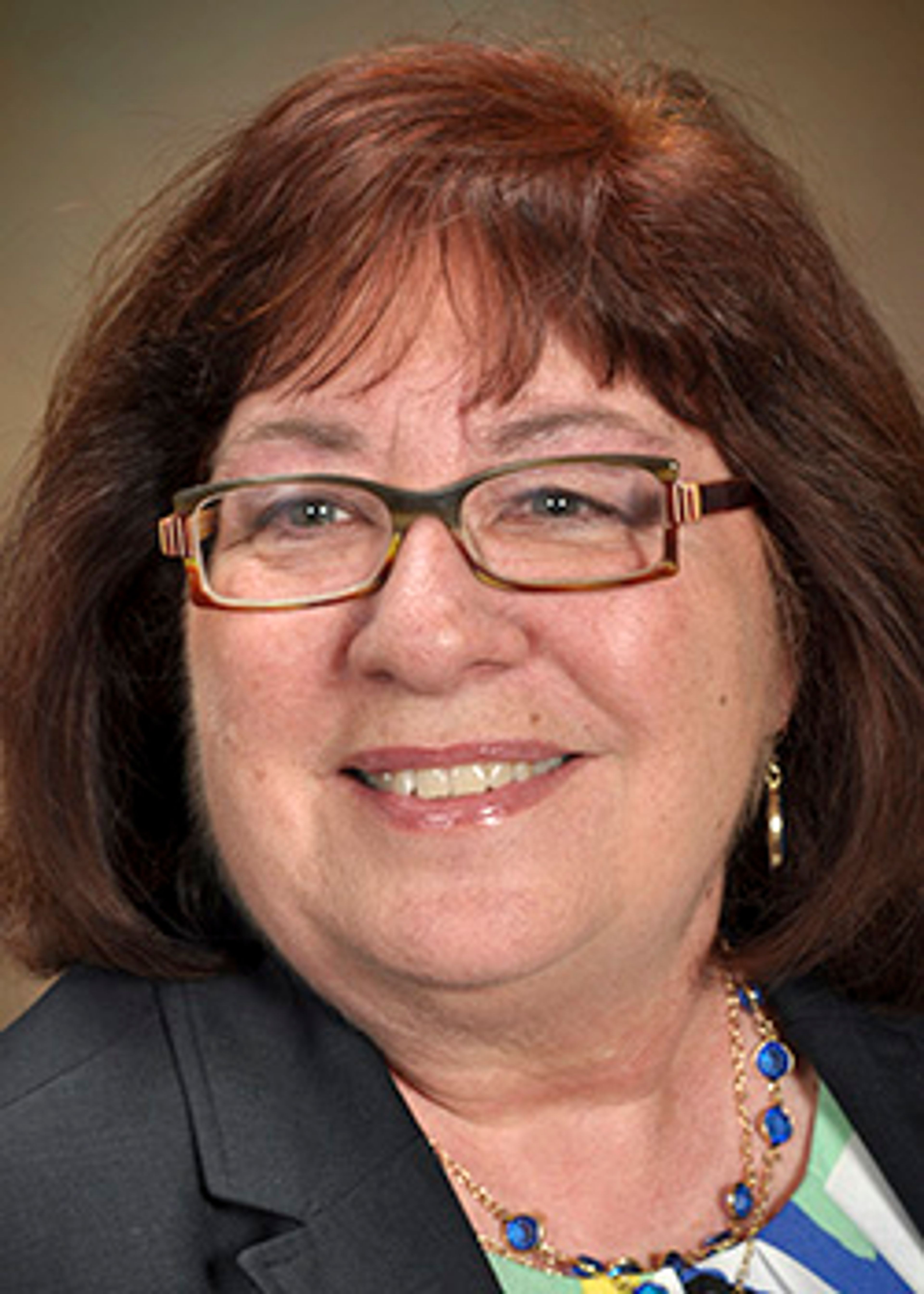When local children head back to school soon, their teachers, principals and other adult staff will have more to memorize than just hundreds of new names and faces.
Public K-12 schools in 45 states, including Idaho and Washington, are implementing the new Common Core State Standards to set a consistent baseline for students' math and English language arts skills. The standards have been developed with input from educators, parents, state officials and other experts, and are touted as an improvement over previous student assessment systems that varied from state to state. Students will supposedly graduate high school being more prepared for college or the workforce.
English language arts curricula will now feature more critical thinking, persuasive writing and nonfiction material. Instead of writing from personal experience, students will use more informational texts to demonstrate their language skills.
We're sure professors will be happy about that. The earlier students learn how to effectively research and write about factual material, the better equipped they will be to tackle university-level papers and projects.
On the math side, students will be introduced to more complex math concepts at a younger age, so they can build on their skills as they get older. Teachers must also show students how math is applied outside of the classroom.
That means not only students, but teachers, as well, must become comfortable with the new standards.
"It's always a moving target," said Bob Maxwell, assistant superintendent of the Pullman School District. "Just when you think you have one set of standards, they change it. It takes a lot to completely change over a teaching and learning system to deal with that."
That's why we hope the states that have adopted Common Core will stick with the system for several years to see if it truly does improve student achievement. It's reasonable to expect that with suddenly higher standards, students may not initially perform as well as they would have on the old assessments. But we owe it to students and teachers to give them some time to adapt before we decide in the future to move on to what we think could be the next greatest thing.







